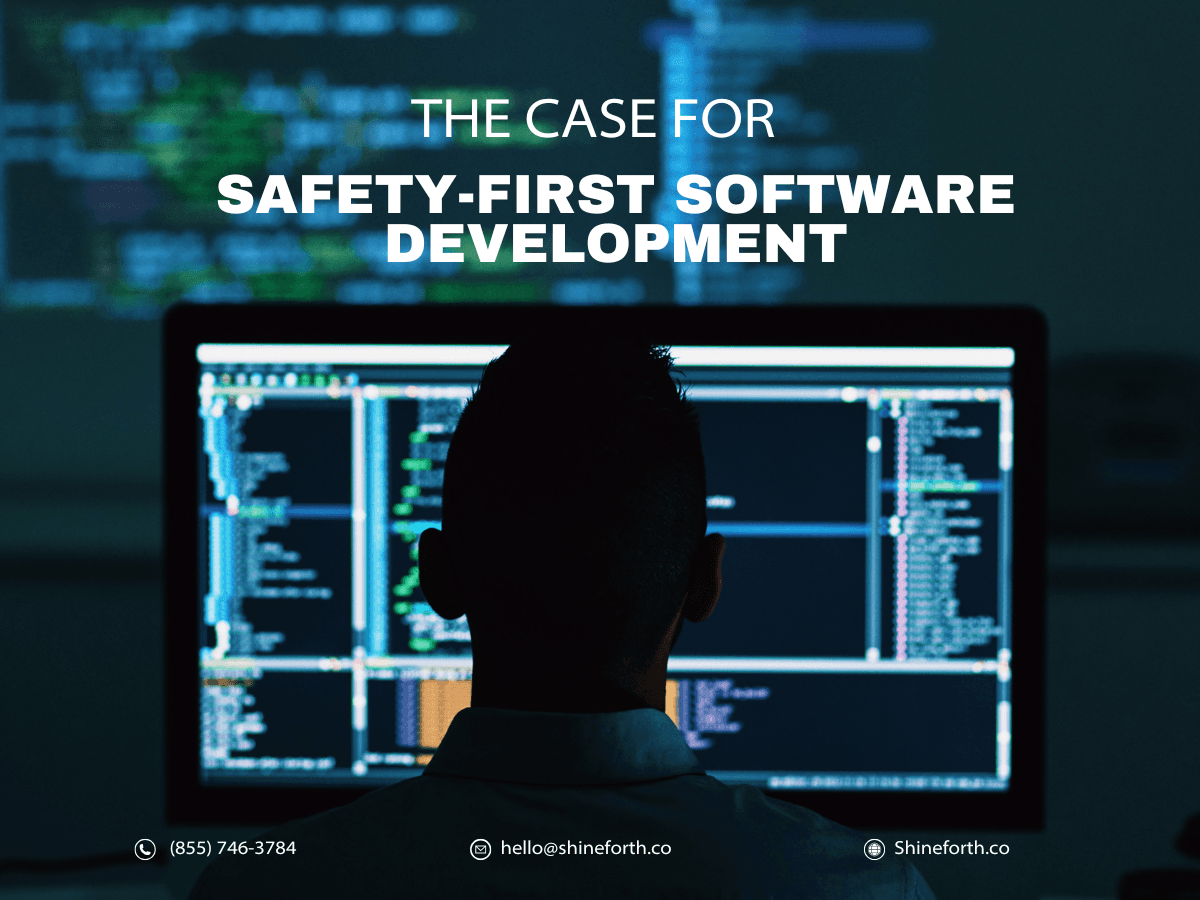The Case for Safety-First Software Development

In the relentless pursuit of innovation, where speed and creativity often take center stage, one critical aspect of software development frequently gets overshadowed: safety. As developers, our primary mission is to create robust, efficient, and scalable solutions. However, how often do we step back and consider the potential safety implications of our code? As software becomes intricately woven into the fabric of our lives—from healthcare systems to transportation networks—a safety-first approach is no longer a luxury; it's a necessity. This mindset isn't just transformative for individual developers; it reshapes entire projects, ensuring they are reliable and secure.
Understanding the Safety-First Approach
Safety-critical systems are those in which failures can lead to severe consequences, such as harm to individuals, environmental damage, or significant financial losses. These systems were traditionally associated with high-stakes industries like aerospace and medical devices. However, the principles underlying these systems are increasingly relevant across all software domains. A safety-first approach emphasizes rigorous testing, comprehensive documentation, and a keen awareness of potential risks.
For developers, adopting this mindset means shifting from asking, "Will this work?" to probing deeper with questions like, "What could go wrong?" and "How will this software behave under unexpected conditions?" This change in perspective leads to better-designed systems that prioritize user safety and data integrity. For instance, in the automotive industry, software controls critical functions such as braking and navigation. A small glitch could lead to catastrophic outcomes, highlighting the necessity of stringent safety protocols.
The Business Case for Safety
Beyond preventing catastrophic failures, a safety-first mindset is a savvy business strategy. Consider the cost of a software bug in a critical system: the financial repercussions, legal liabilities, and reputational damage can be immense. By integrating safety practices into the development lifecycle, businesses can minimize risks and avoid costly fixes down the line.
Moreover, today's consumers are more informed and discerning. They demand reliable, safe products and are more likely to trust companies that prioritize safety. Developers who champion a safety-first approach can significantly enhance their company's reputation and customer trust, providing a competitive edge in a crowded market. For instance, a tech company that consistently delivers safe, reliable software will likely earn a loyal customer base and attract new clients, fostering long-term success.
Practical Steps for Developers and Teams
So, how can developers and teams incorporate safety-first thinking into their workflow? Here are some guiding principles:
1. Embrace Continuous Learning: Regularly engage with the latest safety standards and best practices. This can involve attending training sessions, workshops, or seminars on safety-critical systems.
2. Prioritize Code Reviews and Testing: Encourage thorough code reviews and invest in robust testing frameworks. Automated testing can catch potential vulnerabilities early, while peer reviews provide fresh perspectives on possible safety issues.
3. Adopt a Culture of Openness: Foster an environment where team members feel comfortable discussing potential risks and failures. This openness can lead to proactive problem-solving and innovation.
4. Implement Robust Documentation and Version Control: Use tools like Git to maintain a clear history of changes and ensure all code is well-documented. This practice makes it easier to track down issues and understand the evolution of your software over time.
Real-World Examples and Emerging Trends
The importance of a safety-first mindset is evident in many real-world scenarios. In the healthcare sector, software errors in patient management systems can lead to incorrect diagnoses or treatment plans, underlining the critical nature of safety. Emerging trends such as autonomous vehicles and IoT devices further highlight the need for safety. As these technologies become more prevalent, developers must remain vigilant about the safety and security of their code. The interconnectivity and complexity of these systems mean that a single vulnerability can have far-reaching impacts, emphasizing the need for a safety-first approach.
Adopting a safety-first mindset is about more than just preventing disasters; it's about cultivating a culture of quality and responsibility. By prioritizing safety, developers can create more reliable and trustworthy software, which is crucial in today's interconnected world. As you continue to innovate and develop, remember that safety is not a barrier but a catalyst for creating better, more impactful technology. Take the next step—assess your current practices, engage in continual learning, and foster an environment where safety is at the forefront. Your users, your company, and the wider world will thank you.